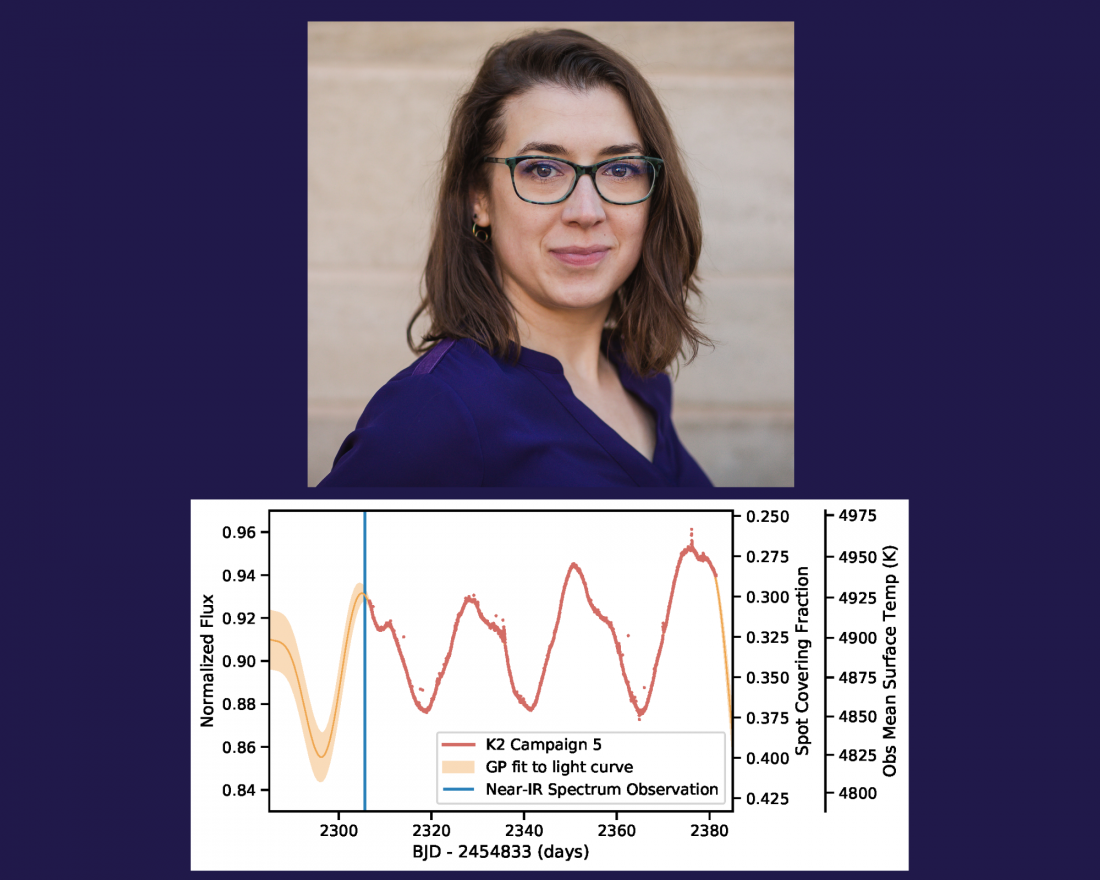Science and Mathematics
Physics Colloquium: Characterizing magnetic activity through the lens of sub-subgiant stars
October 27, 2022 at 3:30pm – 5:00pm EDT
Physics Building, 202
This event has already occurred. The information may no longer be valid.

The Department of Physics is pleased to welcome Dr. Natalie Gosnell for an in person colloquium presentation. Dr. Natalie Gosnell is an observational astrophysicist and Assistant Professor of Physics at Colorado College. Dr. Gosnell received her M.A. and Ph.D. in Astronomy from the University of Wisconsin-Madison and then was a McDonald Postdoctoral Fellow at the University of Texas at Austin. She returned to her Colorado College, her alma mater, as faculty in 2016. Dr. Gosnell’s research uses both ground- and space-based telescopes to explore the stories of binary star systems. In her role as a teacher-scholar, Dr. Gosnell seeks to bring creative practices into both the physics classroom and her research pursuits. In her work as an artist she explores the possibilities of art-science co-creation and has been an artist in residence with The Public Theater and the Sundance Institute Theater Lab, among others.
Abstract:
As our knowledge of stellar evolution unfolds the complexities introduced by magnetic stellar activity become more apparent. One example is seen in sub-subgiants, magnetically active stars with starspots that sit below the subgiant branch and red of the main sequence on a cluster color-magnitude diagram. Sub-subgiants exhibit strong variable light curves as starspots rotate in and out of view. There is much to learn from one such system: S1063, a prototypical sub-subgiant in M67 with a rotation period of 23.5 days. A two-temperature spectral decomposition technique allows us to constrain the surface conditions of S1063, including the spot covering fraction and spot and ambient photosphere temperatures. We link these surface condition constraints to a multi-year light curve, finding the spot covering fraction varies between 20% to 45% over four years. This analysis brings to light some important nuances when considering observational and theoretical comparisons of spotted stars. We are currently expanding this study by observing field sub-subgiants using IGRINS with contemporaneous or near-contemporaneous TESS coverage. This technique opens the possibility of characterizing the surface conditions of many more spotted stars than previous methods, allowing for larger studies capable of testing theoretical models of magnetically active stars.
This event was published on October 4, 2022.
Event Details
- Category
- Science and Mathematics
- Type
- Talks
- Region
- Campus
- Open to
- Current Students,
- Faculty
- Organizer
- CAS-Department of Physics
- Contact
- Cassandra Ellis
phyadmin@syr.edu
3154433901
- Accessibility
- Contact Cassandra Ellis to request accommodations
